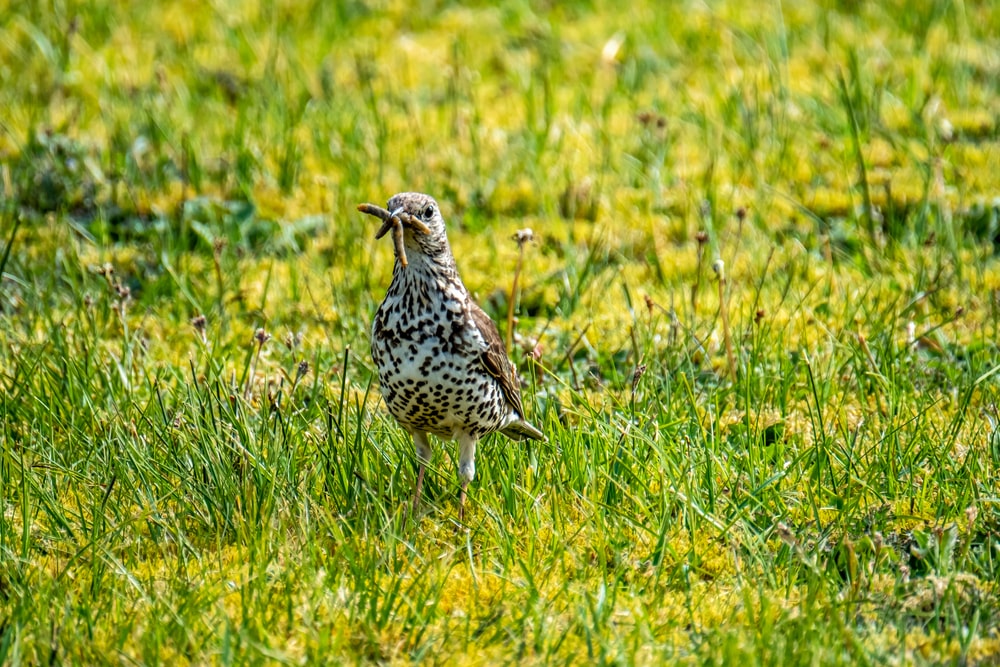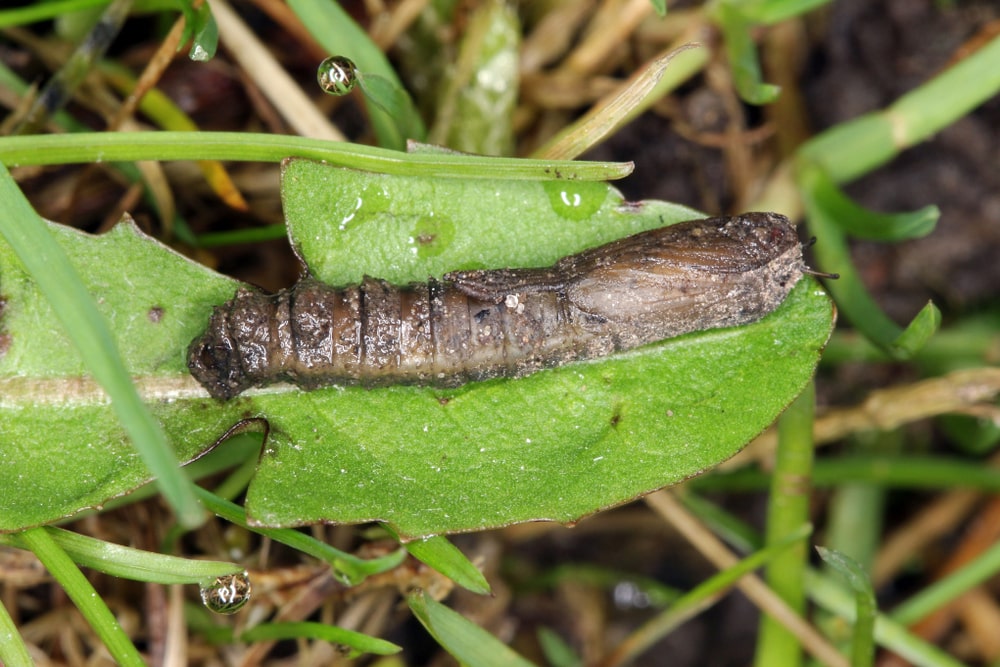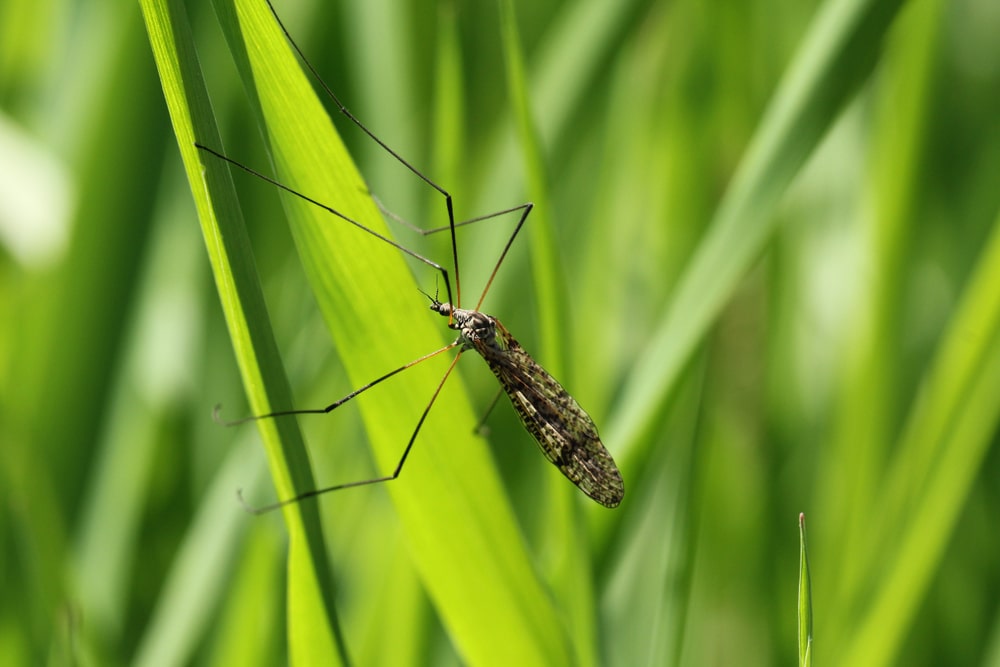How to control leatherjackets
Leatherjackets have become one of the biggest pests for course managers and greenkeepers in recent years. They’ve always caused a problem but were easily managed. However, in 2021 when most of the chemical treatments that existed to keep leatherjackets under control were removed from the market due to their damage to the environment, it left only one preventable insecticide which wasn’t as widely available or as effective. The resulting damage to golf courses all over the UK was widespread and severe and drew the issue of leatherjacket management to the forefront.

Since then how to deal with these insects has become one of the top causes for concern for golf and greenkeepers in the UK. Here we look at what they are, why they’re an issue, what can be done and how to support your team as they deal with them.
What are leatherjackets?
Leatherjackets are the soil-dwelling larvae of the crane fly (Tipula species) more commonly known as Daddy Longlegs. There are around 300 species in the UK, but the most common and easily recognisable species is the Tipula paludosa. Identified by long, spindly legs, slender torsos, and long, thin wings, these adult crane flies live a short life; solely to breed and reproduce.
Leatherjackets are pretty harmless, in fact, the adults rarely eat, but their larvae are hungry and will plough through any vegetation nearby – especially grass. The larvae are around 30mm long, with greyish-brown bodies, no legs and they grow underneath turf, feeding on the plant roots until they pupate and emerge as an adult which flies between August and October, and lay the next generation of leatherjackets – and so the cycle continues.

What conditions best suit leatherjackets?
Leatherjackets metamorphosise several times throughout their life span. Life begins as an egg, which develops into a larva, before becoming a pupa. From a pupa, it becomes the flying insect we all recognise. Larvae are remarkably resilient to low temperatures – in fact, they can survive the winter in temperatures as low as -10ºC. The longer the larval duration, the more damage is done. During the winter, they burrow into moist soil or decaying organic matter. In the spring, they emerge to the earth’s surface to feed, which is when they do the most damage.
The females lay eggs – about 600 – within hours of emergence; they are brown in colour and are dispersed around a site. The eggs are laid in the soil close to the base of plants and grass stems/roots. The eggs hatch out after about 14 days, turning into larvae. The average lifespan of an adult crane fly is between 10 and 15 days.
Why are leatherjackets becoming more of an issue?
In the past there were a number of chemicals that had good control of leatherjackets. However, most of these products were withdrawn from the leatherjacket market as they were found to be harmful to pollinators.
Today there is of course only one chemical that can be legally used in the UK – Acelepryn – but use is restricted and there are strict application rules. Couple that with climate change, particularly warmer winters, and you have ripe conditions for higher populations.
Why are leatherjackets a problem for golf courses?
The issues arise during the period when the larvae are in the ground, as they feed on grass roots during the day and come up to the surface on damp evenings to eat the leaf tissue. The up and down movement out of the soil can leave a pitted and often bumpy surface, especially on greens.
But, this isn’t the only issue. Leatherjackets lurking not far beneath the surface attract birds, like crows, which peck the leatherjackets out of the ground, and larger creatures, such as badgers, which dig and scratch the surface on the soil level to hunt for these pests, causing a much more significant level of damage.
In areas where there is a high population of leatherjackets, they’ve been known to kill off the grass completely.

How to control leatherjackets
You can’t stop leatherjackets from reproducing and most turf will have some leatherjackets lurking about. Turf is capable of sustaining low levels of leatherjacket activity and still providing good quality surfaces. The problems come with numbers and the challenge comes when the population is so high it overpowers the turf or there’s a cold spring that doesn’t enable the turf to outgrow the feeding that is taking place.
Working to defend against a potential infestation requires a good Integrated Pest Management strategy to increase the sward’s ability to overcome damage from root loss and leaf damage. Strong, healthy plant roots are able to recover quickly and develop new rooting structures to compensate for any damage caused during feeding. Any measures to enhance root mass can help mitigate the effects of damage, including good soil moisture management (the larvae, when small, are susceptible during drought conditions and improving soil drainage may help reduce their populations), the use of a plant growth regulator and a balanced nutritional programme to minimise stress and aid resilience and good recovery.
Chemical treatment
If an infestation takes hold, Acelepryn can be used. Timing and application conditions are critical for success: the first application of treatment should be made in the late summer/early autumn and then a follow up treatment in the spring if the problem continues.
Biological treatment
Biologically controlling pests is better for the environment and less damaging to the food chain. You can achieve biological control of leatherjackets with nematodes. It’s nature fighting nature. Nematodes are microscopic, microcellular, non-segmented roundworms and natural enemies of many insects and larvae. Once they’ve found their prey, they invade, and use it as a food source. It will take just a few days for nematodes to work through your leatherjacket population.
Managing expectations of golfers
Treatment isn’t a quick fix and it’s important to communicate to members that you’re aware of the situation, it’s being dealt with and that you’re working hard to treat and repair it. Surfaces may not be as pristine while doing so but these areas will recover.